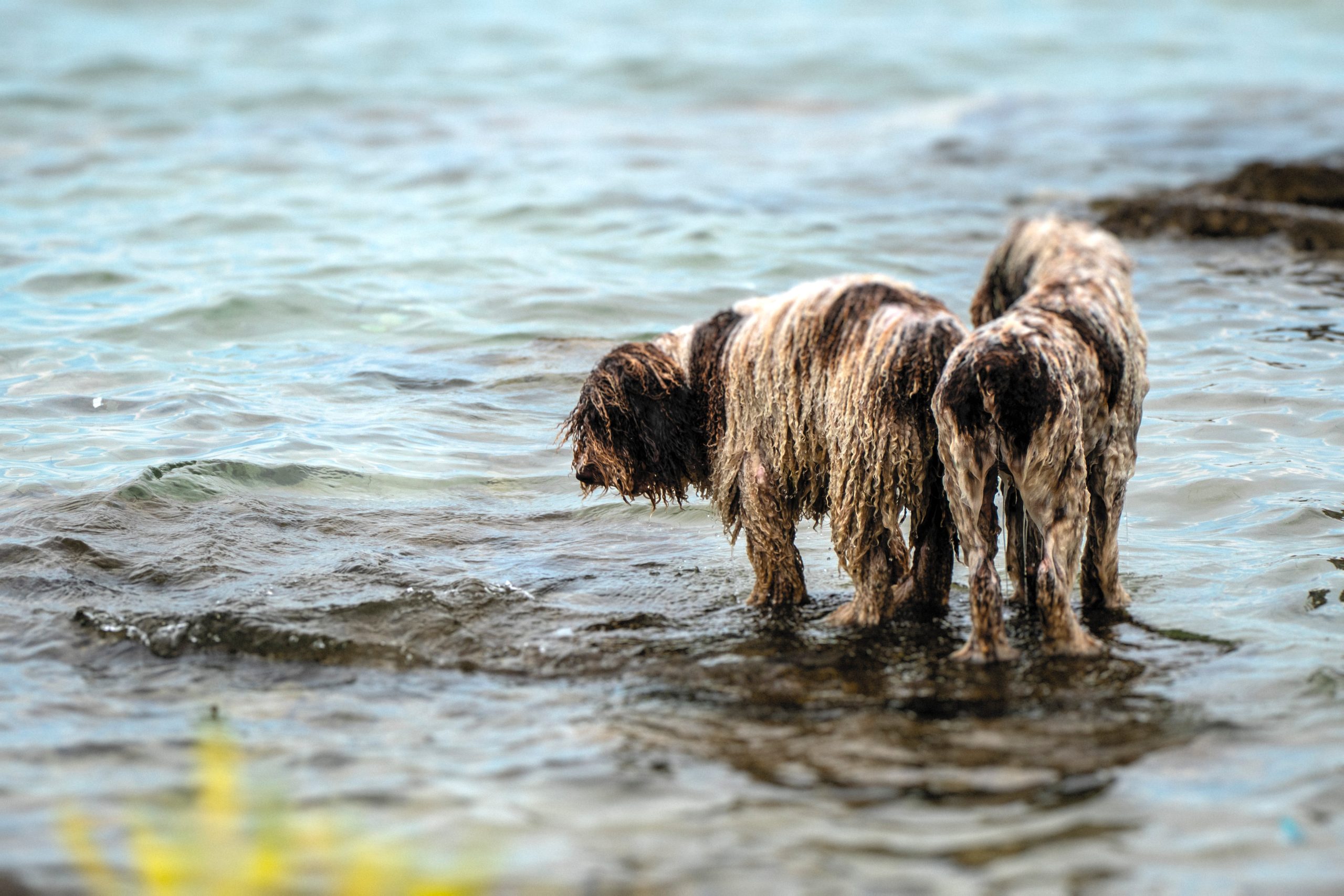, I embarked on a quest to uncover the mysteries surrounding raccoon dogs, a unique and fascinating species of canids that have captured the curiosity of many nature enthusiasts. Raccoon dogs, also known as Nyctereutes procyonoides, are not actually raccoons nor dogs, but rather a distinct species of wild canids native to East Asia. In this article, we will delve into the intriguing world of raccoon dogs, unveiling their captivating features, behaviors, and conservation status.
The Appearance of Raccoon Dogs: A Fascinating Blend
One of the most striking aspects of raccoon dogs is their appearance, which can often lead to misconceptions. Raccoon dogs have a distinct blend of features that make them truly unique. They have a fox-like appearance with a reddish-brown coat, sharp facial features, and a long bushy tail. However, their most distinctive trait is their masked face, which resembles that of a raccoon. This has led to their common name “raccoon dog.” However, despite the similarities in appearance, raccoon dogs are not closely related to raccoons and are a separate species altogether.
Behavior and Adaptations: Nature’s Intriguing Crossbreed:
Raccoon dogs are highly adaptable creatures, well-suited to survive in a variety of environments. They are known for their excellent climbing and swimming abilities, which allow them to thrive in forested areas, wetlands, and grasslands. Raccoon dogs are primarily nocturnal, and their diet consists of a wide range of foods, including insects, small mammals, fish, fruits, and plants. They are opportunistic feeders and have been known to scavenge from human garbage or agricultural fields.
Raccoon dogs are known for their interesting behaviors, such as hibernation during harsh winters, denning in burrows, and exhibiting social behaviors within their pack. They are also known for their unique vocalizations, including barks, whines, and growls, which they use for communication.
Conservation Status: Challenges and Concerns:
Despite their intriguing characteristics, raccoon dogs face numerous challenges in the wild. Habitat loss due to deforestation, human development, and agriculture expansion are significant threats to their survival. Raccoon dogs are also hunted for their fur and considered invasive in some regions outside their native range, where they have been introduced for fur farming.
Conservation efforts are underway to protect raccoon dogs and their habitats. These efforts include habitat restoration, monitoring and research, and raising awareness about their conservation status. However, more research and conservation efforts are needed to better understand the ecology and population status of raccoon dogs and implement effective conservation measures to ensure their survival.
Unveiling the Mystery: Appreciating the Intriguing World of Raccoon Dogs.
Raccoon dogs are truly nature’s intriguing crossbreed, with their unique blend of features, behaviors, and adaptations. They are a captivating species that continue to captivate the interest of scientists, conservationists, and nature enthusiasts alike. As we uncover the mysteries surrounding raccoon dogs, we gain a deeper appreciation for the fascinating world of wildlife and the importance of protecting and conserving these unique and enigmatic creatures for future generations to appreciate and admire.
In conclusion, raccoon dogs are a remarkable and intriguing species of wild canids that are often misunderstood. They possess a captivating blend of features, behaviors, and adaptations that make them a unique and fascinating subject of study. However, they also face significant challenges and threats in the wild, making conservation efforts crucial for their survival. By unveiling the mystery of raccoon dogs and raising awareness.




